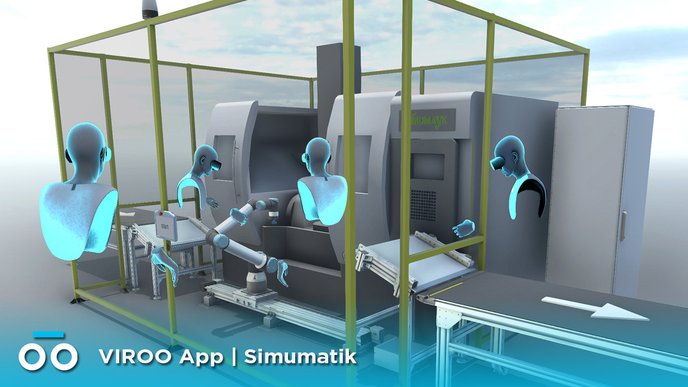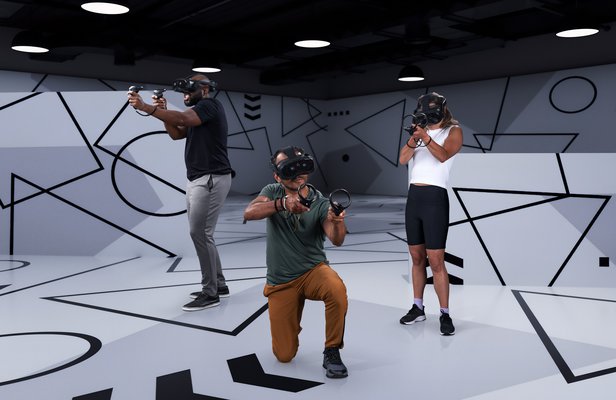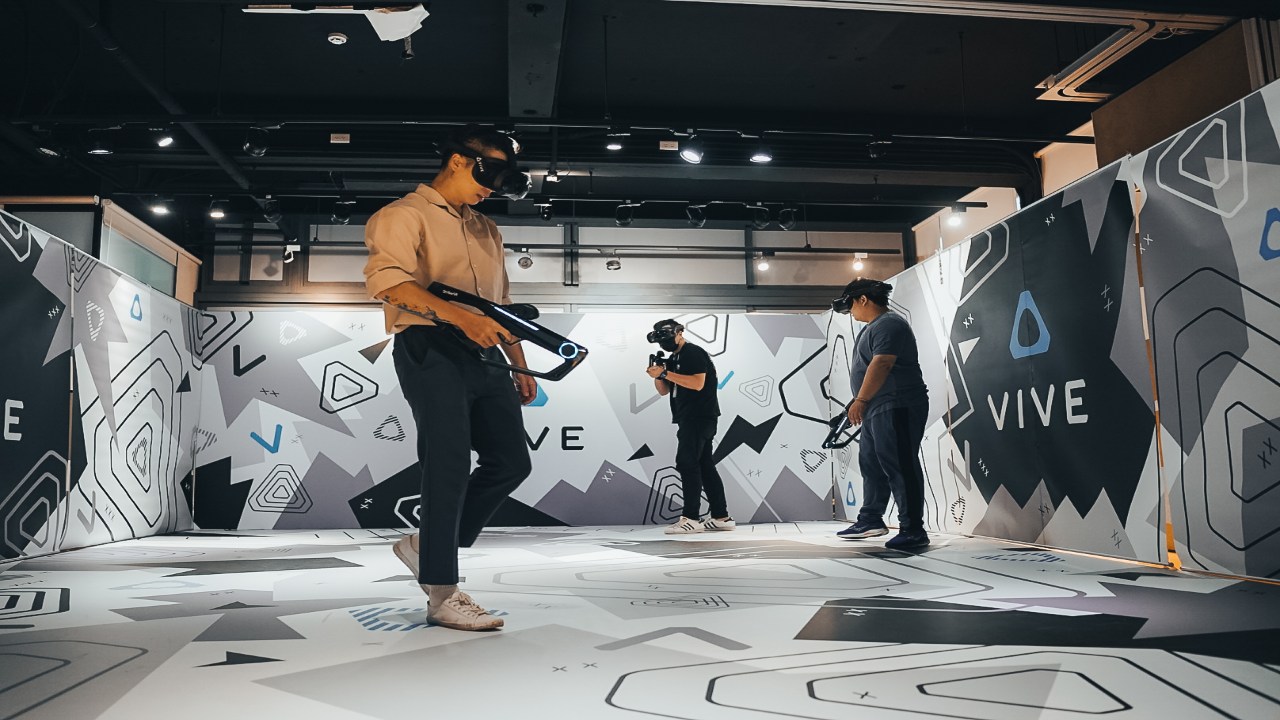How HOLOGATE and HTC VIVE are Making the German Army Safer and More Effective
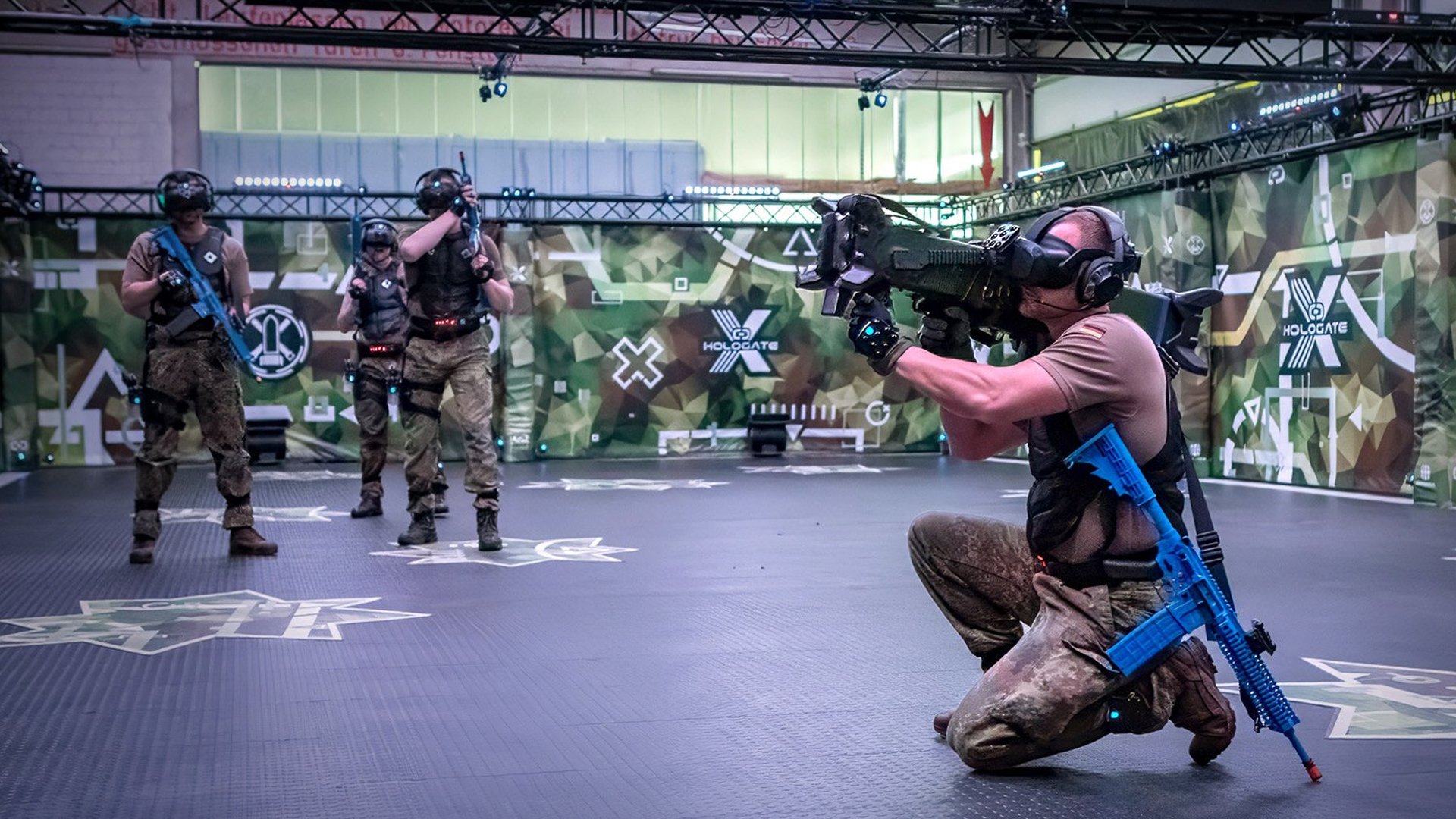
Extended Reality | Business
5 minutes read
The strategic adoption of Extended Reality (XR) technologies in military training is not just a technological upgrade; it's a transformational shift in how armed forces prepare for complex and high-stakes engagements. XR technology immerses trainees in a believable virtual world that’s ideal for kinesthetic learning through training. This is especially true for scenarios that would be dangerous in real life and are thus hard to effectively prepare for. A prime example is seen in the collaboration between HTC VIVE and HOLOGATE, which has greatly enhanced the training capabilities of the German Army.
HOLOGATE’s recent case study on how their XR solution is being used by the German Army provides compelling data: 85% of trainees said that the technology helps them better understand critical processes, and 97% said that it adds real value to training. These figures not only demonstrate the efficacy of XR technologies in troop readiness, but also in reducing the time and cost associated with traditional military training methods.
HTC VIVE’s headsets and trackers, when combined with HOLOGATE’s XR platform, deliver immersive training that simulates the physical and psychological nuances of real combat scenarios. This level of realism is essential to prepare for the split-second decisions that today’s armed forces need to make, such as in complex counterterrorist missions or in encounters with armed assailants.
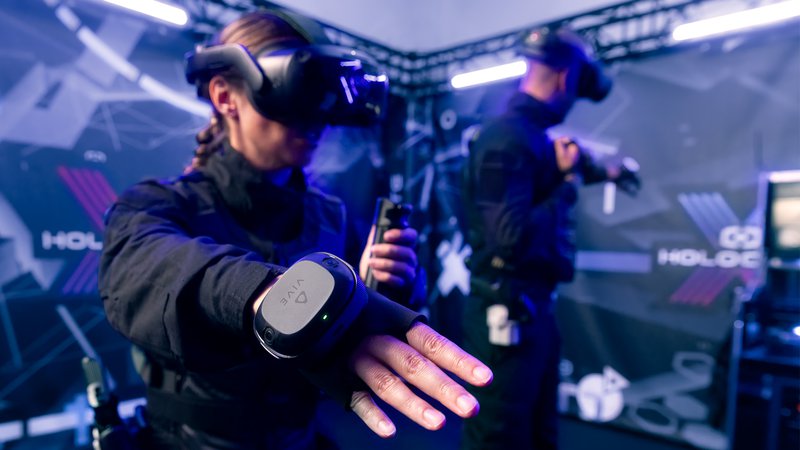
Not only in Germany, but also in the context of U.S. defense, XR’s role is increasingly crucial. The technology enables a more dynamic form of training that adapts to the complexities of modern warfare. A limitless number of training modules can be created for nearly any situation that troops or law enforcement might face on the ground. By offering realistic, controlled, and repeatable training scenarios, XR helps prepare personnel for risky situations. With learning retention rates as high as 75% according to the National Training Laboratory, and trainees 275% more confident according to PwC research, this translates to less time spent training, better performance, and lower costs. In HTC VIVE’s own survey on XR in the military, 81% of respondents said that it increases confidence and cultivates muscle memory for real-world missions.
The growing use of XR in the military mirrors a broader adoption of the technology globally. In a TechPolicy Press article, Joan O’Hara, Senior Vice President of Public Policy at the XR Association, highlights how XR is bringing benefits to many industries by providing immersive, cost-effective solutions that were previously unattainable. O’Hara emphasizes that XR is revolutionizing training and operational readiness, not only within military applications but across numerous fields where enhanced training can lead to better outcomes – such as healthcare, finance, and manufacturing.
As XR continues to evolve, its integration into military training represents a significant advancement towards more agile and effective preparation. This transformation is essential to help military forces more effectively confront current and emerging challenges. The ongoing collaboration between industry leaders like HTC VIVE, HOLOGATE, and military organizations shows how cutting-edge XR technology is setting a new standard for what military readiness will look like in the 21st century.
